You're about to deliver the most important presentation of your quarter. Your biggest prospect is on the line, and they're ready to see your solution in action.
The numbers don't lie. Only 2% of cold calls result in appointments, but well-executed demos convert at 20-30%. That's why smart heads of marketing invest heavily in perfecting their demo process.
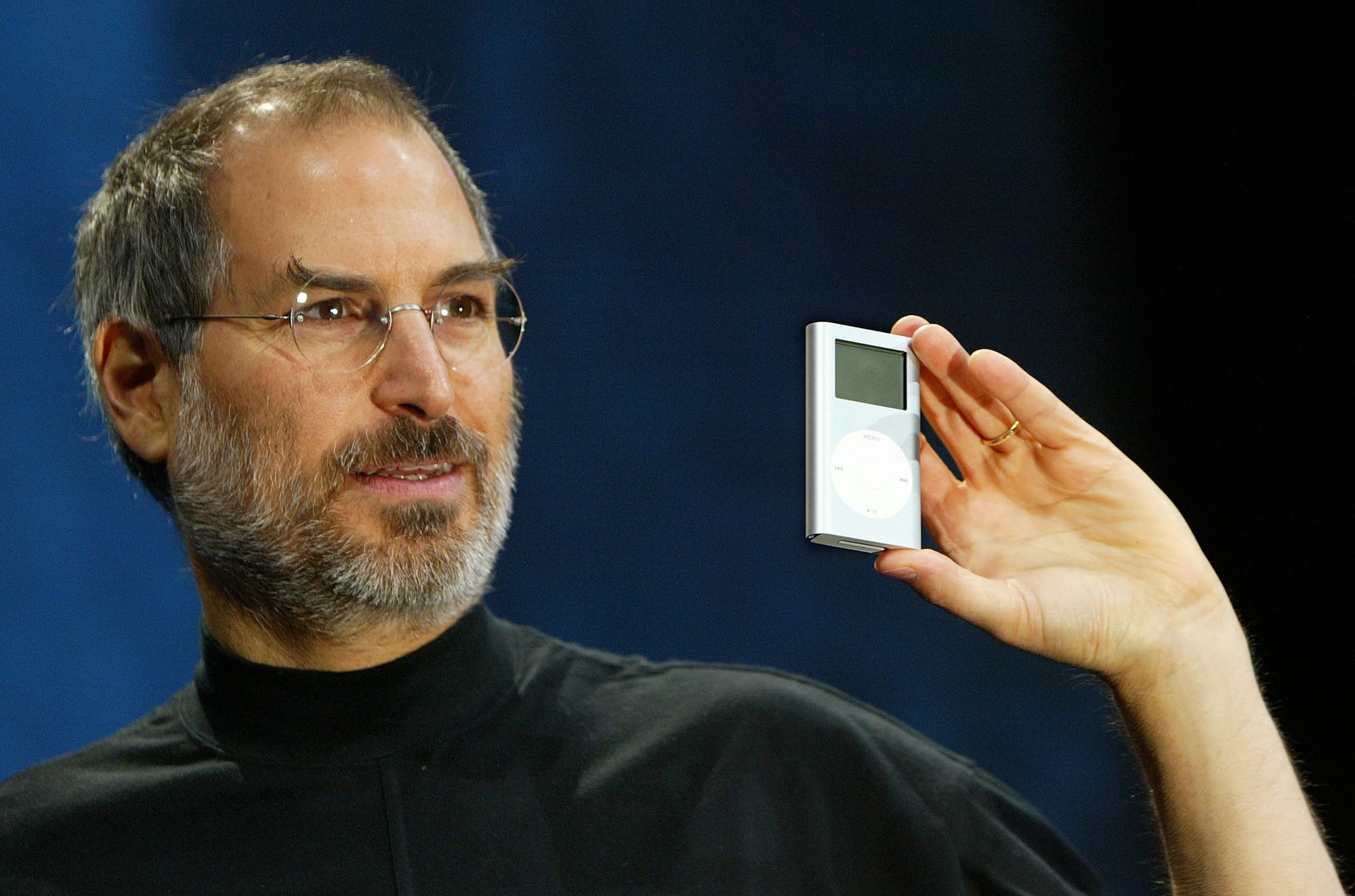
This comprehensive guide will transform your demo approach from amateur hour to revenue-generating machine. We'll walk through every critical element that separates winning demos from forgettable presentations.
What is a product demo checklist and why it matters
A product demo checklist isn't just another task list gathering dust in your project management tool. It's your strategic roadmap for converting potential customers into paying clients. Every successful SaaS company uses systematic approaches to demo preparation and execution.
The difference between winging it and following a structured process is measurable. Companies with formal demo processes see 3-5x higher conversion rates than those improvising their way through presentations.
Essential checklist elements for the best product demos
The best product demos share common DNA. They tell compelling stories, address specific pain points, and create interactive experiences that engage potential customers. These elements aren't optional - they're essential for conversion success.
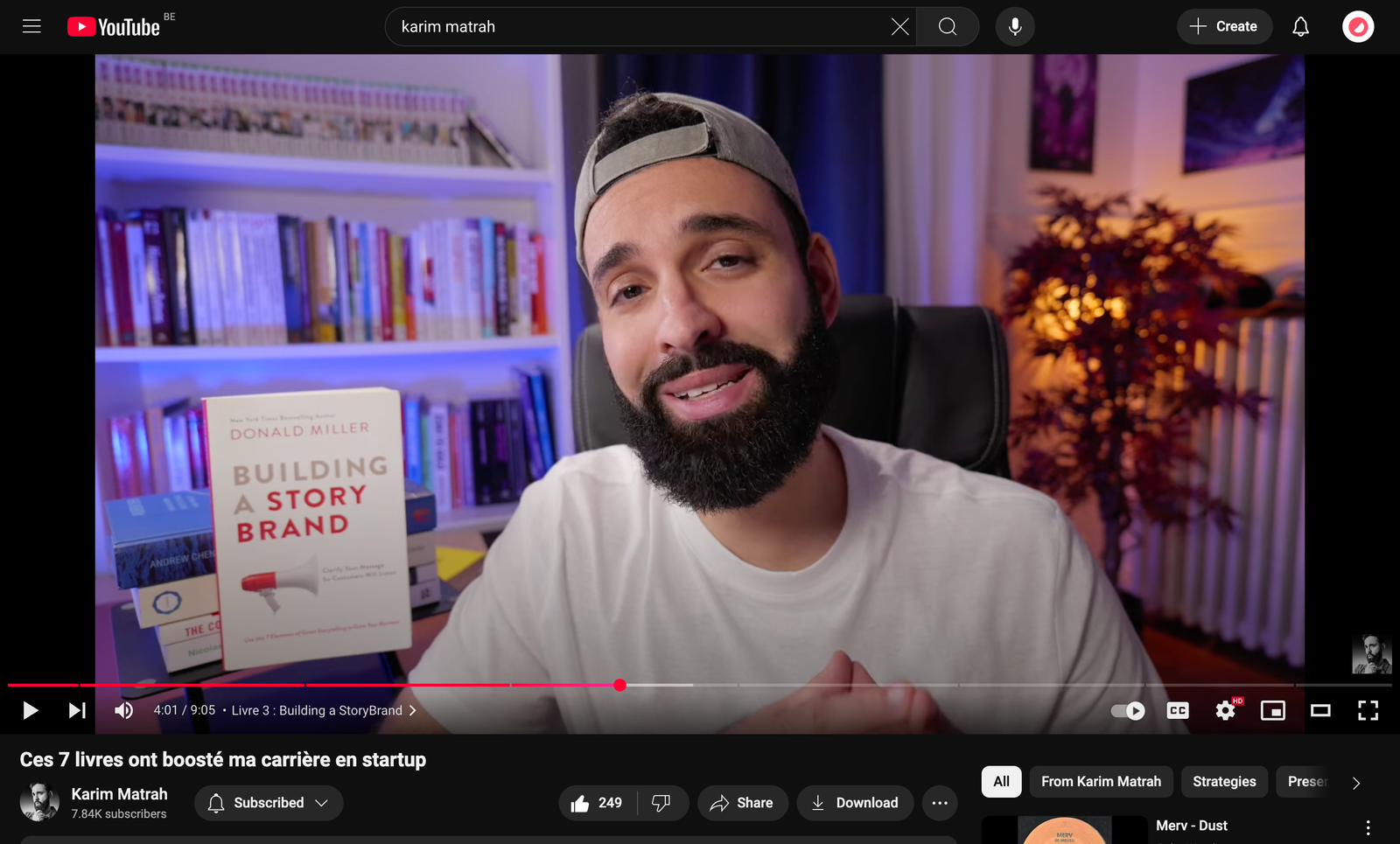
Mastering software demos requires a systematic framework that guides every interaction from initial research through post-demo follow-up. This framework becomes your GPS for navigating complex sales conversations.
Your narrative arc matters more than feature lists. Prospects need to understand the problem, feel the pain, and visualize the solution. This emotional journey drives purchasing decisions more effectively than technical specifications.
Clear next steps close the loop. Every demo should end with specific, time-bound commitments from both parties. Vague follow-ups kill momentum and reduce conversion probability.
Demo ROI and performance benchmarks: industry standards
Understanding demo ROI helps justify program investments and optimize resource allocation. Industry data shows demo programs deliver superior returns compared to traditional lead generation channels when executed properly.
The economics are compelling. Average demo costs range from $150-400 including prep time, while typical SaaS deals exceed $10,000 annually. Smart marketers recognize that demo preparation investments pay massive dividends through improved conversion rates.

Demo strategy by company size and industry
Not all prospects are created equal. Your demo strategy must adapt to company size, industry, and stakeholder complexity. What works for startups fails miserably with enterprise buyers, and what excites technical teams bores executive audiences.
Understanding your target audience drives every strategic decision. Company size determines demo length, complexity, and decision-maker involvement. Industry knowledge helps you speak the prospect's language and address sector-specific challenges.
Startup vs SMB vs enterprise demo approaches
Startup demos move at breakneck speed. These prospects want to see immediate value and quick implementation paths. Keep presentations punchy, focus on core benefits, and skip complex configuration details that slow momentum.
SMB prospects occupy the middle ground. They want thoroughness without overwhelming complexity. Plan for 30-45 minute sessions with built-in flexibility for deeper exploration of relevant features.
Enterprise demos are strategic campaigns, not single presentations. Multiple stakeholders require different messaging and multiple touchpoints. Your demo becomes part of a broader sales orchestration involving technical teams, business leaders, and procurement groups.
Stakeholder complexity scales with company size. Startups typically involve 1-3 decision makers, SMBs include 3-7 influencers, and enterprise deals can involve 10+ buying committee members.
SaaS-specific demo considerations and understanding the customer's needs
SaaS demos face unique challenges compared to physical product demonstrations. You're selling invisible software that solves abstract problems. Your demo must make the intangible tangible and the complex simple.
Different industries speak different languages. Financial services prospects prioritize compliance and security, while manufacturing companies focus on operational efficiency and cost reduction. Your demo language should reflect these priorities.
Data security and compliance concerns dominate SaaS evaluations. Address these issues proactively during demonstrations rather than waiting for objections. Enterprise buyers especially need confidence in your security posture.
Software demo preparation checklist: 7 days before your presentation
Great demos don't happen by accident. The week before your presentation determines whether you'll deliver a memorable experience or stumble through another forgettable meeting. This preparation period separates professionals from amateurs.
Your preparation intensity should match deal importance. High-value enterprise prospects justify significant research investments, while smaller opportunities require efficient but thorough preparation processes. Scale your efforts appropriately.
How to prepare for a product demo: research phase
Prospect research goes far beyond company websites and LinkedIn profiles. Dive deep into recent news, financial reports, job postings, and competitive moves. Each piece of information helps you craft more relevant messaging.
Look for business expansion signals like new funding, office openings, or leadership hires. These growth indicators suggest budget availability and change readiness. Time your demo messaging around these expansion themes.
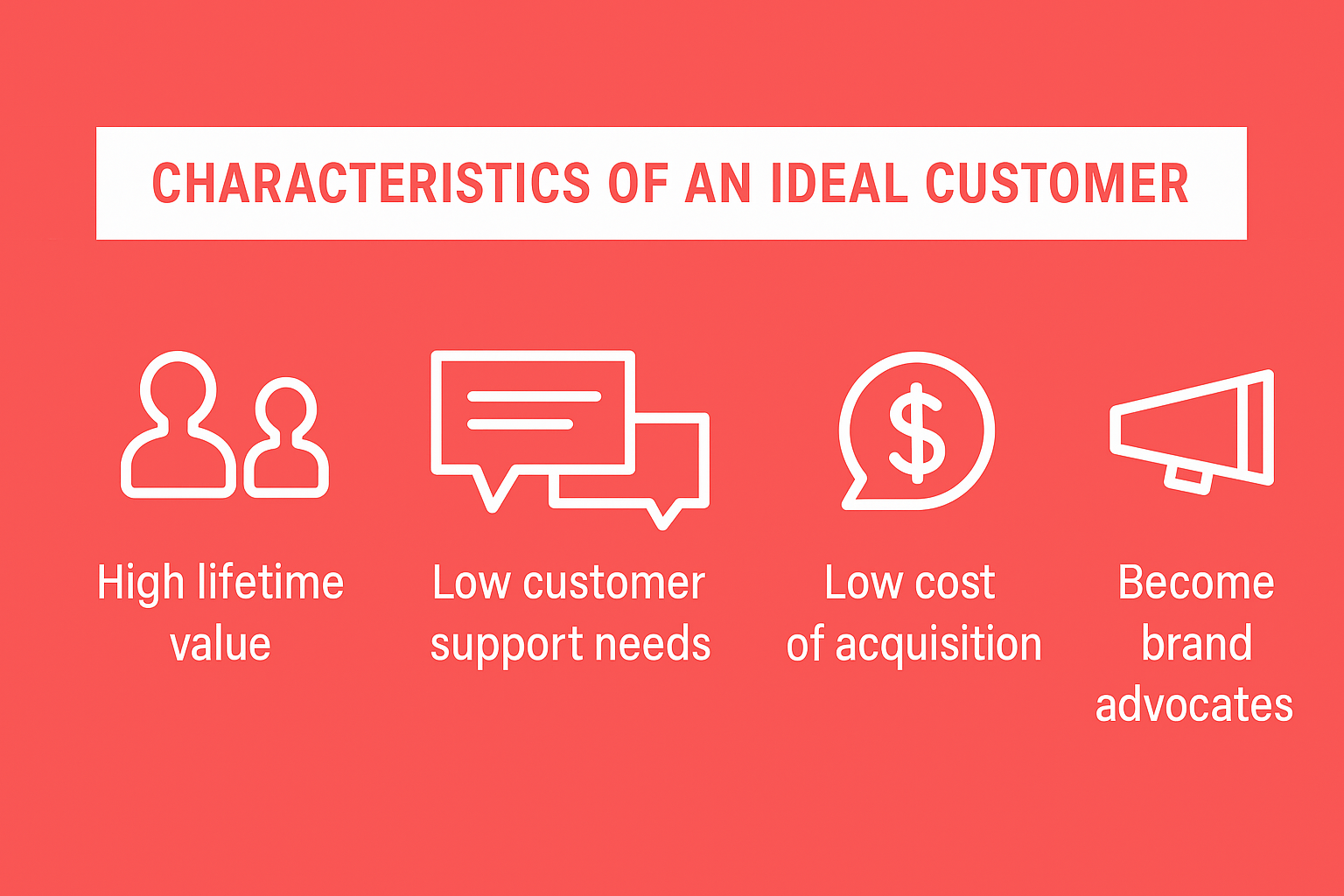
Understanding the customer's needs requires industry knowledge. Research sector trends, regulatory changes, and competitive pressures affecting your prospect's business. This context helps you position your solution strategically.
Not all leads are created equal, and your demo approach should reflect this reality. A lead from a detailed content download suggests higher intent than a casual webinar attendee. Understanding the source helps you calibrate your demo's depth and focus.
Demo structure and creating your presentation outline
Your demo agenda serves as a roadmap for productive conversations. Share the agenda in advance to set expectations and gather input from attendees. This transparency builds trust and ensures alignment.
Structure your agenda around prospect outcomes, not product features. Lead with business challenges, then demonstrate relevant solutions. This approach maintains engagement and reinforces value throughout the presentation.
Different potential customers need different journeys through your product. Technical buyers want to see under the hood, business stakeholders care about outcomes, and economic buyers focus on ROI. Your outline should have branches, not just a linear path.
Developing a strong opening hook sets the tone for everything that follows. Skip generic introductions and dive directly into prospect-relevant challenges or opportunities. This approach captures attention immediately.
Technical environment setup and demo preparation checklist
Technical failures destroy demo credibility instantly. Your environment needs bulletproof reliability with multiple backup options. Test everything twice, then test it again from the prospect's perspective.
Create realistic demo data that mirrors your prospect's industry and use case. Generic examples feel artificial and reduce engagement. Invest time in building scenarios that prospects can immediately relate to.
Demo environment configuration should tell a compelling story. Use prospect-appropriate company names, realistic user volumes, and industry-relevant data sets. This attention to detail makes your solution feel purpose-built.
Every demo interaction should flow seamlessly into your sales process. Configure your CRM to capture demo attendance, engagement metrics, and follow-up commitments. This data becomes goldmines for future conversations.
Building and training your demo team
Your demo team represents your company's first impression with countless prospects. These individuals need unique combinations of technical expertise, presentation skills, and sales psychology. Building this capability requires intentional hiring and structured development.
The best demo specialists balance technical depth with communication clarity. They translate complex functionality into business value without losing accuracy or overwhelming non-technical audiences. Presentation skills matter more than product expertise in many situations.

Demo objections aren't obstacles – they're opportunities to build deeper connections and address genuine concerns. Train your team to welcome questions as engagement opportunities rather than threats to their presentation flow.
Realistic capacity planning balances quality with volume. Most experienced specialists can handle 8-12 prepared demos weekly while maintaining preparation standards and follow-up excellence. Factor preparation time into capacity calculations.
Demo process: 24-hour pre-demo preparation checklist
The final 24 hours before your demo separate champions from also-rans. This concentrated preparation period determines whether your presentation flows smoothly or stumbles through technical difficulties.
Your pre-demo checklist should be physical and systematic. Even experienced specialists benefit from written verification processes that ensure nothing gets overlooked in the excitement of important presentations.
Technology verification and technical readiness checklist
Technical failures happen at the worst possible moments. Your backup strategy needs backup plans to maintain professionalism regardless of what technology throws at you.
Test your complete technology stack 24 hours before the demo. Internet connection, demo platform, screen sharing software, and integrated systems all need verification from multiple devices and locations.
Record key demo sequences as insurance policies. If your live environment crashes, seamlessly transition to recorded segments while resolving technical issues behind the scenes. Create redundancy at every potential failure point.
Prepare your physical environment for professional presentations. Good lighting, minimal background distractions, and quality audio equipment make significant differences in prospect perception.
Demo script rehearsal and timing optimization
Your product demo script should feel conversational, not robotic. This natural flow comes from rigorous practice, not casual preparation or wing-it approaches.

Recommended demo duration varies by prospect type. Startups need 15-20 minute presentations, SMBs can handle 30-45 minutes, and enterprise audiences may require hour-long sessions or multiple meetings.
Managing no-shows requires systematic follow-up processes. Send reminder emails 24 hours and 2 hours before scheduled demos, then follow up within hours when attendance fails.
Practice handling interruptions and questions gracefully. Great demos flow naturally between prepared content and spontaneous discussions without losing momentum or missing key points.
How to create an effective product demo: live execution guide
Showtime arrives, and months of preparation culminate in this crucial moment. Your live demo creates lasting impressions that influence purchasing decisions long after the presentation ends.
Great demos feel like collaborative discovery sessions rather than one-way presentations. Achieve this by remaining flexible, reading audience reactions, and adapting your approach in real-time.
Demo agenda and strong opening hook delivery
Your opening sets emotional and intellectual expectations for everything that follows. Skip mundane introductions and dive directly into prospect-relevant challenges or opportunities that capture immediate attention.
Setting clear agenda and expectations helps prospects relax and focus on your message rather than wondering about time management or coverage areas.
Frame your agenda as a problem-solving journey. Position yourself as a consultant exploring solutions rather than a vendor showcasing features. This subtle shift improves receptivity dramatically.
Engaging delivery techniques must match your audience. Technical buyers want implementation details, business stakeholders focus on outcomes, and executives demand strategic context with minimal technical depth.
Steps to create engaging interactive product demos
Transform prospects from passive observers into active participants through strategic engagement opportunities. This involvement builds investment in your solution and maintains attention throughout longer presentations.
Not all product features deserve equal attention. Lead with capabilities that solve critical prospect problems, then explore secondary features based on audience interest and available time.
Tailor the demo to prospect-specific use cases whenever possible. Reference their industry, mention their challenges, and use terminology that resonates with their business model.
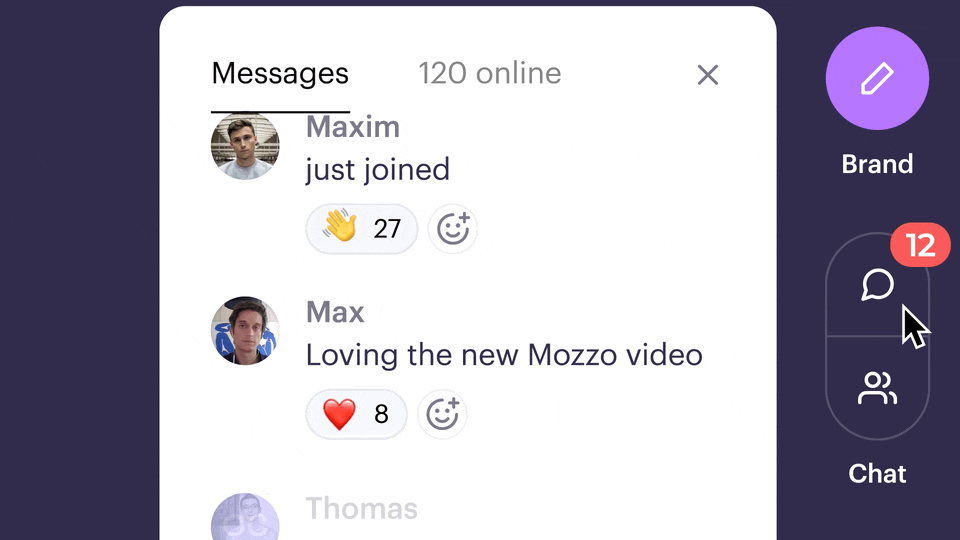
Create interactive product demo experiences that let prospects explore your solution rather than just watching demonstrations. This hands-on approach builds confidence and accelerates decision-making.
Customizing your demonstration for maximum impact
Real-time adaptation based on prospect reactions separates great demos from good ones. Watch for engagement signals and adjust your pacing and depth accordingly.
Interactive elements and engagement features keep audiences involved throughout your presentation. Modern webinar platforms offer polling, chat functionality, and screen annotation tools that create memorable experiences.
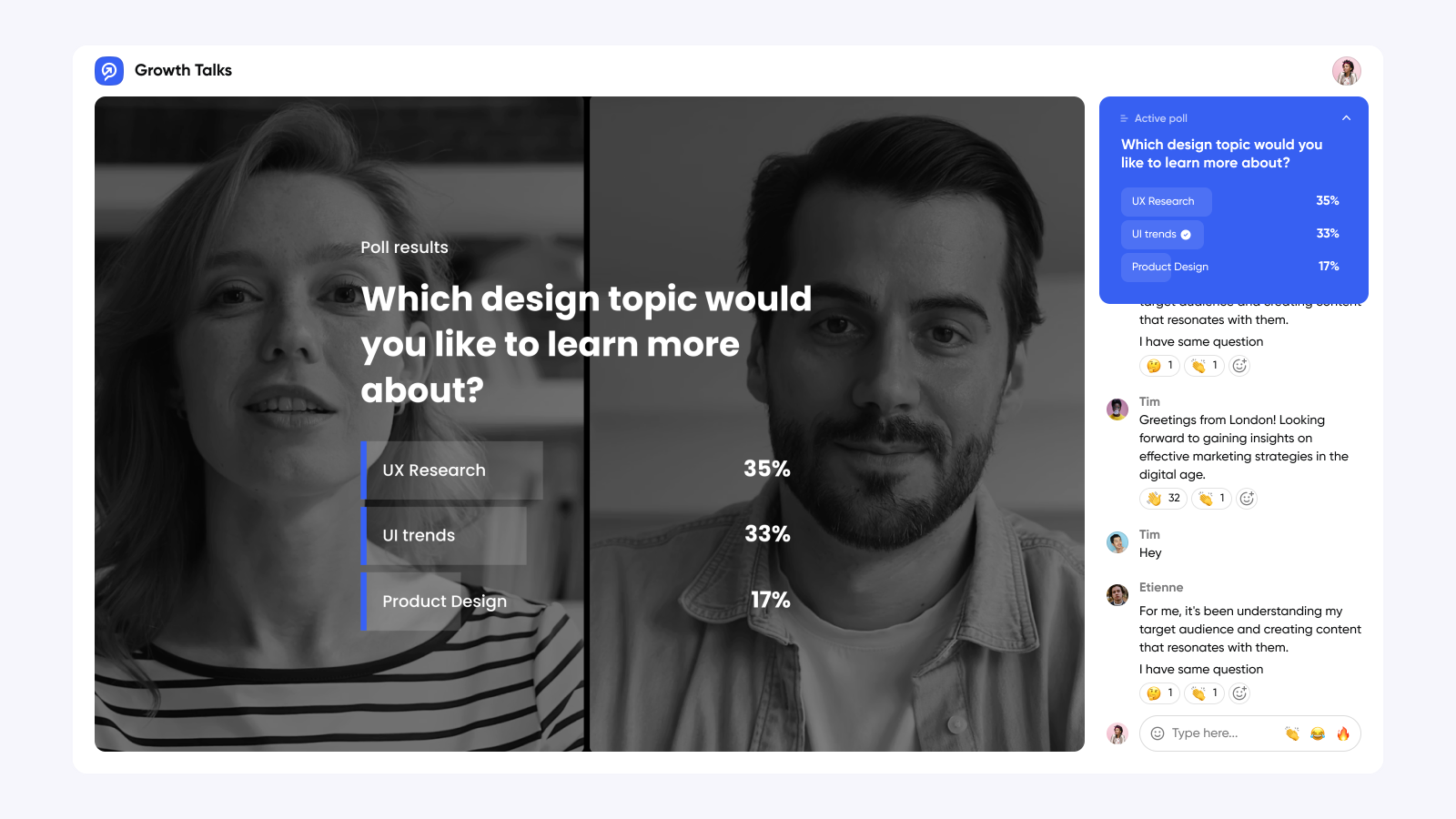
Address their pain points directly rather than hoping prospects will connect dots themselves. Make explicit connections between their challenges and your solution capabilities.
When energy drops, inject interactivity. When confusion appears, slow down and clarify. Your ability to read and respond to audience dynamics separates great demos from mediocre ones.
Top product demo mistakes to avoid: common pitfalls
Every demo disaster teaches expensive lessons. Most companies learn these lessons the hard way, losing promising prospects to avoidable mistakes that kill conversion opportunities.
Generic presentations scream "we don't understand your situation" to prospects evaluating dozens of potential solutions. Personalization isn't optional in competitive markets.
Repetitive tasks and generic presentations
Nothing kills engagement faster than watching repetitive workflows that every other vendor has already demonstrated. Prospects recognize generic demos immediately and mentally check out.

The repetitive task trap feels efficient because standard flows seem to work fine. But "fine" doesn't win deals in competitive markets where personalization separates winners from losers.
Create multiple demonstration pathways that address different use cases, company sizes, and industry requirements. This variety showcases solution versatility while maintaining audience engagement.
Failing to address their pain points effectively
Product features tell stories, but pain points sell solutions. Too many demos focus on what the product does rather than why prospects should care about specific capabilities.
Research your prospect's industry and competitive landscape before every demo. This preparation helps you identify the top three challenges companies like theirs typically experience.
Use simple language that resonates with their experience rather than technical jargon that confuses business stakeholders. Translate features into benefits using prospect-appropriate terminology.
Poor objection handling and technical failures
Common objections aren't attacks on your solution - they're opportunities to build deeper understanding and trust with engaged prospects who are seriously evaluating your platform.
Develop systematic approaches to objection handling that acknowledge concerns, explore underlying issues, provide thoughtful responses, and confirm satisfaction with your answers.
Technical failures happen, but inadequate preparation makes them catastrophic. The difference between minor problems and demo disasters lies in your backup strategies and recovery protocols.
Inadequate prospect qualification leads to mismatched demonstrations that frustrate everyone involved. Understanding prospect needs prevents time-wasting presentations that don't align with buyer requirements.
When to offer demo vs free trial vs self-service
Not every prospect needs a demo, and not every demo request represents a qualified opportunity. Understanding when to recommend alternative paths improves conversion rates across all channels.
Demos work best for complex sales with multiple stakeholders, significant customization requirements, or high-touch service models that justify personal attention investments.
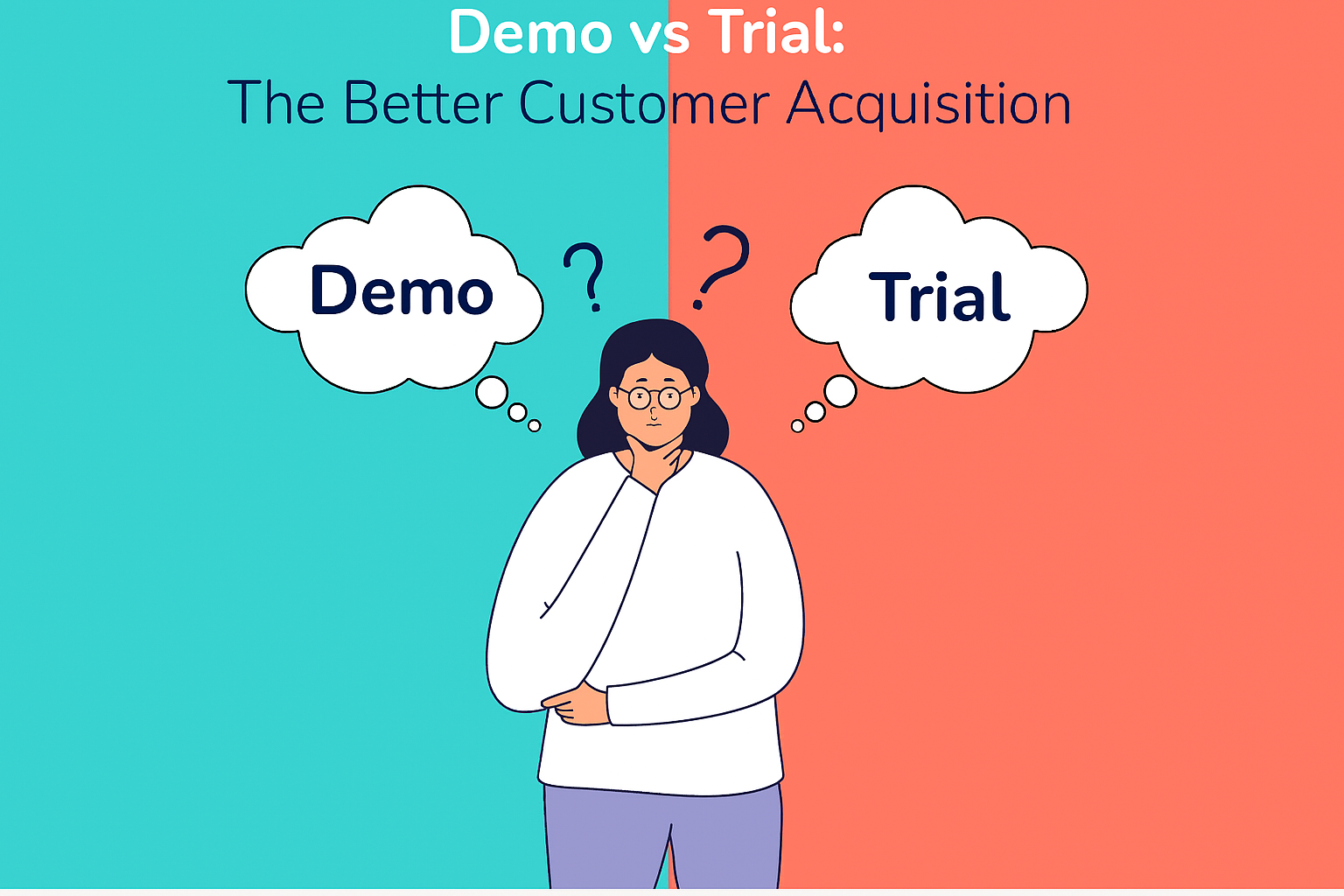
Free trials excel for product-led growth strategies where prospects can experience value independently without sales team involvement. Self-service resources satisfy prospects who prefer independent exploration.
Post demo follow-up: optimizing your sales process
The demo ends, but the real selling often begins in the hours and days that follow your presentation. Your follow-up strategy can rescue mediocre demos or squander excellent ones.
Timing matters tremendously in post-demo follow-up sequences. Strike while the iron is hot, but avoid appearing pushy or desperate for immediate decisions.
How to follow up after a product demo
Your first follow-up should arrive within 2-4 hours of the demo conclusion. This timing demonstrates responsiveness while prospects still remember presentation details and conversation nuances.
Include brief recaps of how your solution addresses their specific pain points along with promised resources and documentation. This reinforcement helps prospects remember key value propositions.
Propose concrete next steps with specific timelines rather than leaving follow-up activities to chance. Vague commitments kill momentum and reduce conversion probability significantly.
Don't leave scheduling to email back-and-forth. Use calendar booking tools that make it easy for busy prospects to commit to follow-up conversations without administrative friction.
Leveraging engagement features for better conversion rates
Modern demo platforms provide rich analytics about individual prospect engagement levels, content preferences, and attention patterns throughout your presentation.
Use engagement data to personalize follow-up approaches. If someone spent extra time on specific features, dive deeper into those capabilities in subsequent conversations.
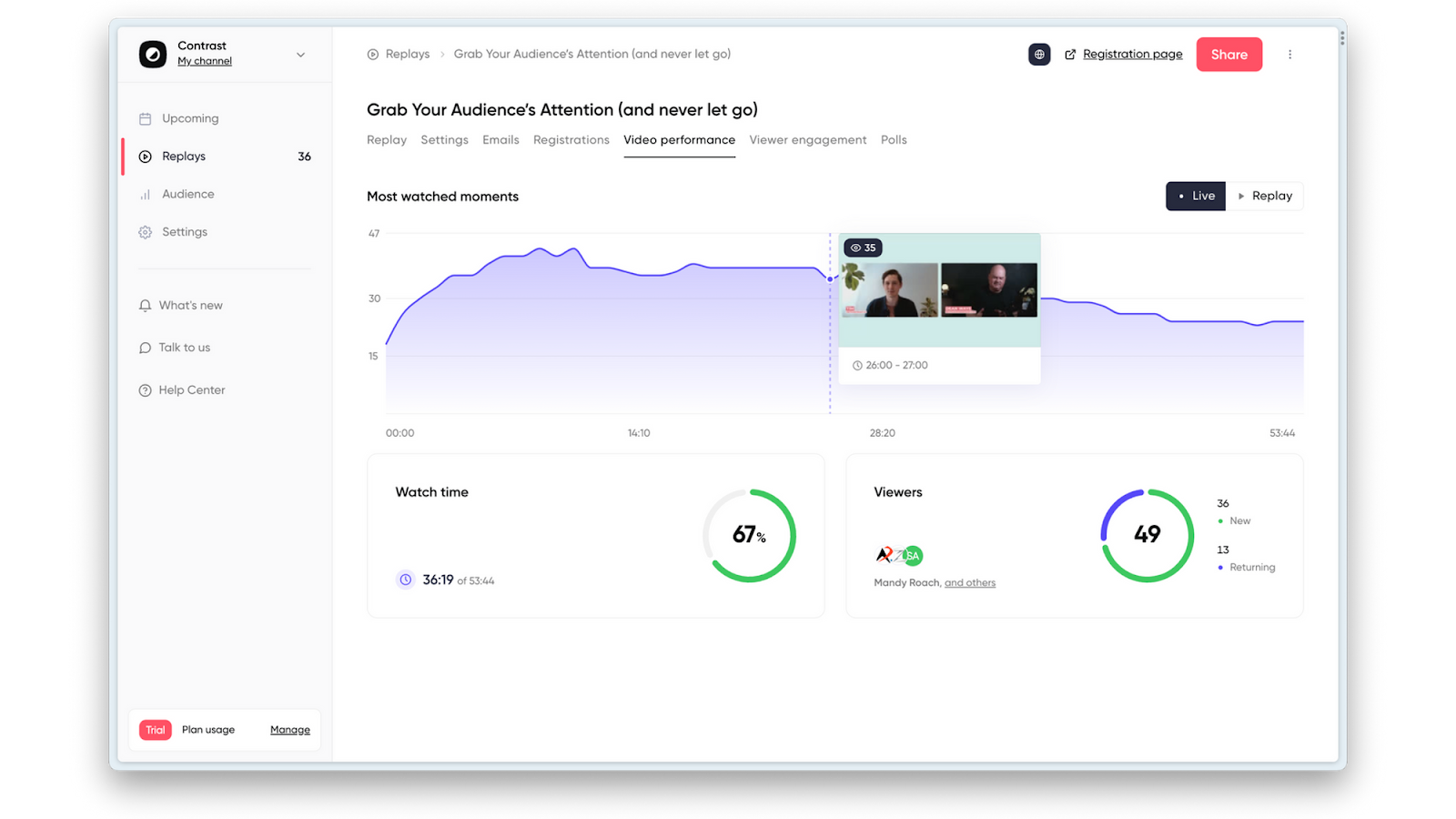
Webinar platforms excel at capturing engagement intelligence that traditional screen-sharing tools simply cannot match. These insights transform follow-up from guesswork into precision targeting.
Post demo resource sharing and performance analysis
Prospect evaluations extend far beyond formal demo time. They'll discuss your solution internally, compare alternatives, and seek additional information to support their decision-making processes.
Create resource libraries that address common post-demo questions without requiring additional meetings. Implementation timelines, integration requirements, and pricing structures should be easily accessible.
Every demo teaches valuable lessons about messaging effectiveness, audience preferences, and competitive positioning that drive continuous improvement efforts.
Systematic feedback collection turns demo experiences into performance improvements. Send brief surveys asking about content relevance, presentation quality, and areas for enhancement.
Choosing the right demo format: maximizing engagement features
Demo format selection dramatically impacts engagement levels, conversion rates, and resource requirements. Smart companies match formats to prospect preferences and deal complexity.
One size fits nobody when it comes to effective demo delivery. The channel you choose influences everything from audience participation to post-demo analytics capabilities.
In-person vs virtual vs webinar comparison
In-person demos create the strongest emotional connections but require significant time and travel investments that limit scalability for most SaaS companies.
Virtual one-on-one demos offer personalization benefits with improved efficiency. They work well for mid-market opportunities that need customization without enterprise-level resource requirements.

Live or automated webinars provide ultimate scalability while maintaining professional polish and advanced engagement features. They're particularly effective for companies serving multiple market segments.
Time zone management becomes effortless with recorded webinar capabilities. Prospects can experience your demo at their convenience while you maintain consistent messaging quality.
Why webinars excel for software demo presentations
Modern webinar platforms transform passive audiences into active participants through polling, Q&A functionality, chat interactions, and screen annotation capabilities.
Advanced engagement features and analytics exceed anything available through traditional demo tools. You can track individual engagement levels and identify the most compelling content sections.
Scalability for multiple prospects and time zones allows you to demo once and reach hundreds of potential customers simultaneously without compromising professional presentation quality.
Professional branding capabilities ensure consistent visual identity across all prospect touchpoints. Custom registration pages and branded interfaces reinforce your company image.
Platform selection and mobile considerations
Platform selection significantly impacts demo success through engagement capabilities, analytics depth, and integration options that support your broader sales process.
Basic screen-sharing tools work for simple demonstrations but lack engagement features and analytics that drive optimization and improvement over time.
Prospects aren't always sitting at desktop computers during your presentations. They might join from phones while commuting or tablets during travel. Test your demo experience across multiple devices.
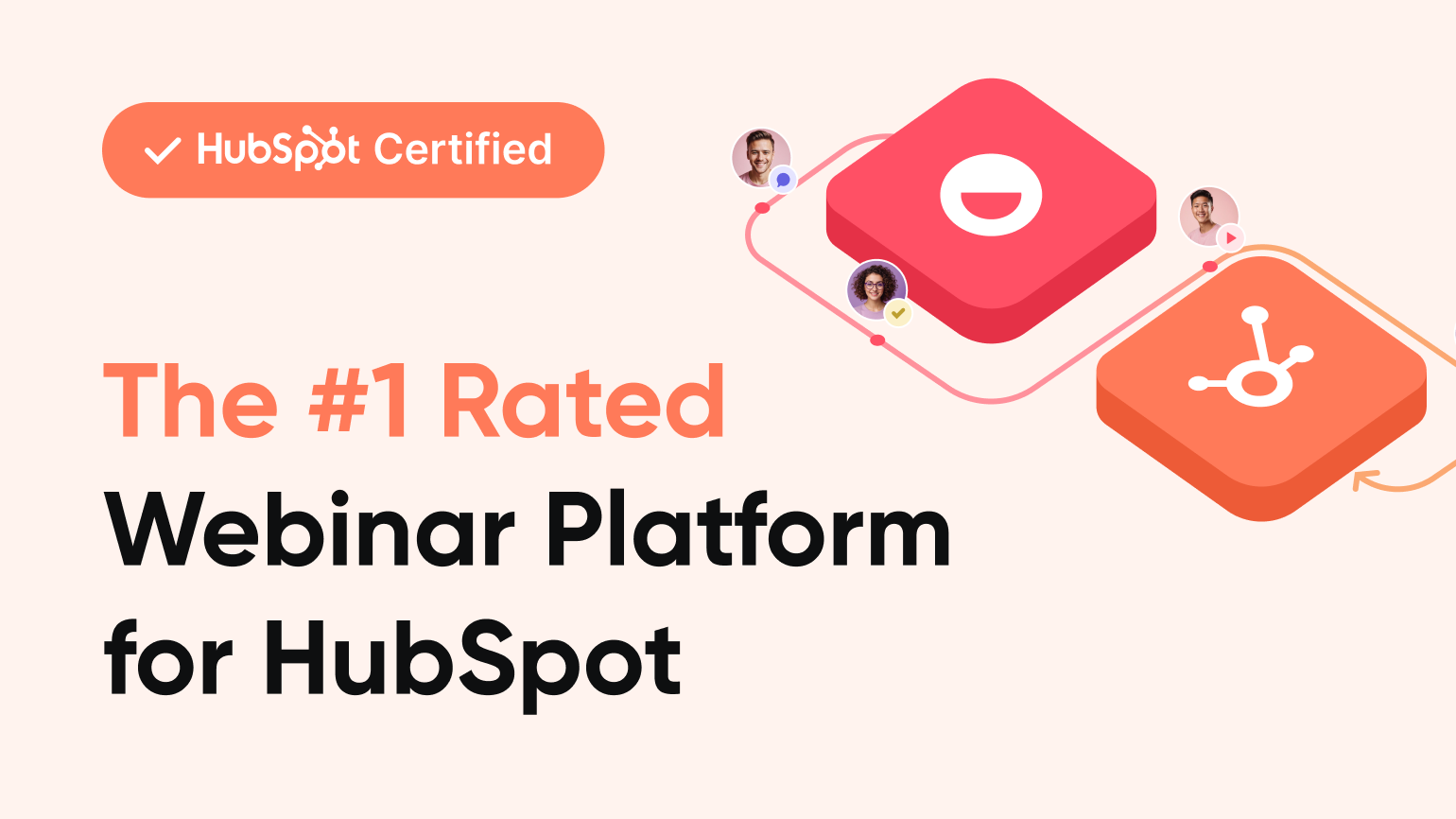
Integration capabilities with CRM systems such as Hubspot, marketing automation platforms, and analytics tools amplify platform value beyond basic demo delivery functionality.
Scaling your demo program and budget planning
Success creates its own challenges. As your demo program drives more leads and higher conversion rates, you need systematic approaches to maintain quality while handling increased volume.
Demo programs require significant investments in technology, personnel, and training. Smart companies treat these as strategic investments with measurable returns.
Automation tools and managing high-volume requests
Automation amplifies human expertise rather than replacing it. The goal is freeing your team to focus on high-value activities like customization and relationship building.
Automated booking and qualification systems eliminate scheduling friction while capturing valuable prospect information before demos are scheduled.
Volume growth tests your systems and team capabilities. Implement tiered demo offerings that match prospect qualification levels with appropriate resource investments.
Create template libraries that enable rapid customization without starting from scratch. Modular content blocks allow efficient assembly of prospect-specific demonstrations.
Cost analysis and capacity management
Understanding true costs per qualified opportunity helps optimize marketing spend across channels while justifying continued investment in demo capabilities.
Demo programs often deliver higher-quality leads with better conversion rates, justifying higher per-lead costs through improved lifetime value and shorter sales cycles.
Realistic capacity planning balances quality with volume requirements. Most experienced specialists can handle 8-12 prepared demos weekly while maintaining excellence standards.
Platform subscriptions represent ongoing operational expenses that should deliver measurable returns through improved conversion rates and enhanced scalability capabilities.
Guidance on conducting effective product demonstrations: tools & technology
Technology amplifies human expertise rather than replacing it. The right tools eliminate friction while providing intelligence that enables better customization and relationship building.
Your technology stack should handle routine tasks automatically while providing insights that guide strategic decisions about messaging, timing, and follow-up approaches.
Essential software and webinar platforms
CRM integration ensures every demo interaction becomes part of comprehensive prospect records that inform future conversations and strategic decisions.
Calendar scheduling tools (effective also for recurring webinars) eliminate coordination friction while capturing qualification information during booking processes that guide demo customization.
Webinar platforms represent the evolution of virtual selling from basic screen sharing to sophisticated engagement environments that rival in-person presentations.
Professional branding capabilities ensure consistent visual identity across all prospect touchpoints. Custom registration pages and email marketing integrations reinforce credibility.
AI and personalization tools for seamless integration
Artificial intelligence revolutionizes demo personalization by enabling real-time customization based on prospect behavior, industry patterns, and historical conversion data. You can also create webinar clips with AI to save the most interesting moment of your demo sessions.
Predictive analytics help identify the most compelling features for specific prospect types while real-time sentiment analysis guides pacing decisions during presentations.
Marketing automation platforms should integrate with demo scheduling tools to trigger appropriate follow-up sequences based on demo outcomes automatically.
Analytics platforms should consolidate data across touchpoints to provide comprehensive pictures of prospect engagement and conversion patterns that drive optimization decisions.
Measuring demo success: conversion rates and performance optimization
Performance measurement drives continuous improvement in demo programs. The key is identifying metrics that predict revenue outcomes rather than vanity measurements.
Conversion rate is crucial but doesn't tell the complete story. Track progression through your entire funnel from demo requests to closed deals.
Key demo performance metrics and continuous improvement
Track progression through multiple funnel stages rather than focusing solely on final conversion rates. Each stage reveals specific optimization opportunities.
Measure engagement quality through attention metrics, question frequency, and follow-up requests that indicate genuine interest versus polite participation.
Systematic testing separates effective techniques from assumptions about what prospects want to see and hear during demonstrations.
Test opening hooks, demonstration sequences, and call-to-action timing to optimize engagement and conversion rates across different prospect segments.
Attribution modeling and improvement framework
Multi-touch attribution models provide more accurate pictures of demo influence than last-touch analysis that undervalues demonstration impact.
Track prospects through entire customer journeys from initial awareness through purchase and expansion opportunities that extend value beyond initial deals.
Great demo programs never stop evolving as market conditions change and prospect expectations rise with competitive pressure.
Conduct quarterly reviews that analyze performance trends, identify emerging patterns, and adjust strategies based on data insights rather than intuition.
Your demo program represents one of your highest-leverage growth investments. The systematic approach outlined in this guide transforms presentations from necessary evils into revenue-generating machines.
Start with preparation fundamentals, then optimize based on your unique market conditions and competitive landscape. Great demos feel like collaborative problem-solving sessions rather than vendor presentations.
The investment in demo excellence pays dividends far beyond immediate conversion improvements. Satisfied customers become advocates who provide referrals and case studies that reduce future acquisition costs.
Your potential customers are evaluating solutions right now. Armed with this comprehensive approach, you're positioned to deliver experiences that don't just inform - they inspire purchasing decisions.
Ready to use webinars to scale your SaaS demos? Book a demo (very meta) and see how Contrast helps you deliver high-impact, branded webinars that keep audiences engaged and turn introductions into outcomes.


